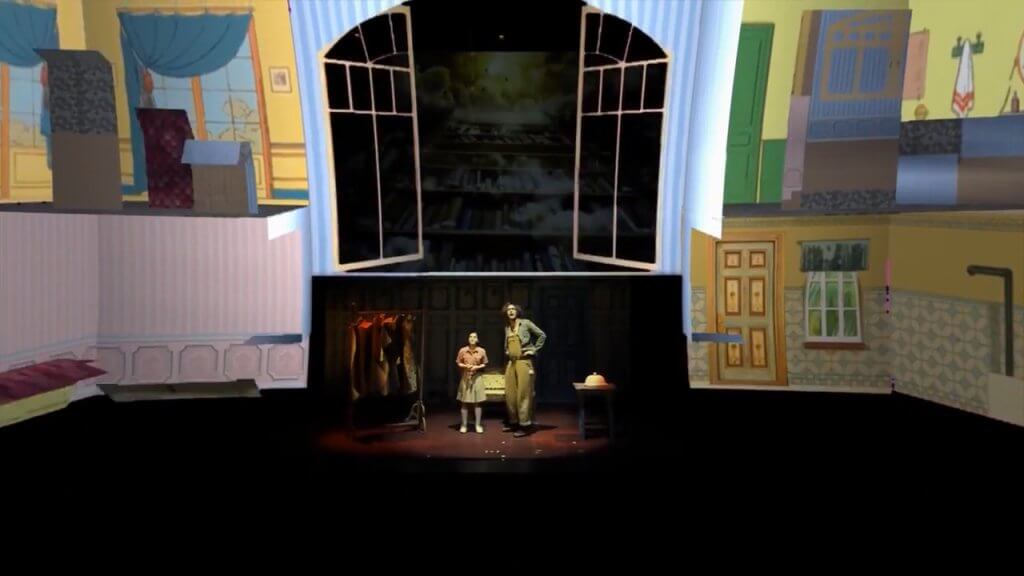Theater has been around for more than 2,500 years, making it one of the oldest art forms in the world. From ancient Greek theater to medieval morality tales and Shakespearean tragedies, it has undergone so many changes over the years.
However, none are as radical as the interactive experiences that augmented reality offers.
Augmented Reality Theater Productions
Augmented reality in performing arts isn’t new. Traditional theaters have been experimenting with immersive tech for a while now. They’ve been using it to explore new ways to make the experience more inclusive and pleasant for all theatergoers.
Earlier iterations of in-theater AR experiences involved smartphones. Guests would have to hold up their mobile devices to overlay digital elements into the real-world setting. It can be disruptive to the theater experience of the AR user, as well as the other guests nearby.
ARShow, a social AR streaming platform, solves this problem by introducing headsets. They made the world’s first-ever augmented theater production.
In the AR production of Gulliver, they provided each guest with a headset. The theatergoers didn’t have to wear the headsets throughout the show. Since only certain scenes were augmented, they would only put the headsets on when instructed.

Aside from the guests, it was a surreal experience for the performers. They didn’t just have 2D special effects. The entire venue became their stage.
ARShow synced the augmented production with a stage management system called Ableton Live. It automatically triggered the sound effects, video cues, and more.
Augmented Reality Is Making Theater Accessible to All
Other than elevating the performances, augmented reality can make traditional theater accessible to everyone, especially audiences with hearing loss.
Some theaters place screens next to the stage, where they project subtitles for audience members with hearing disabilities. The problem with this is that it takes their attention off the stage. Instead of watching the performance, they’ll be focused on reading the subtitles on the screen.
Just a few years ago, The National Theater collaborated with Epson and Accenture to bring AR to the theater. They made Open Access Smart Capture for the Moverio BT-350 Smart Glasses, which superimposed subtitles during live performances.
During shows, the AR glasses would overlay subtitles in real time without blocking real-world environments. In the future, perhaps the subtitles will come in different languages. This should enable small local theaters to draw in foreign crowds such as tourists.
Traditional theater can be intimidating for some audiences, particularly those who are deaf or hard of hearing. But with augmented reality, live productions can be more accessible and inclusive.
AR proves that local productions can have a wider appeal. They can draw in diverse audiences. In the future, augmented reality productions might even help theater companies, both big and small, recover from all the shutdowns and restrictions during the pandemic.




